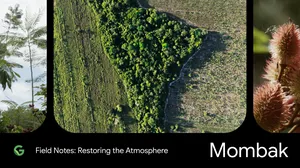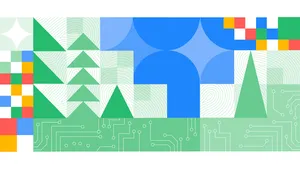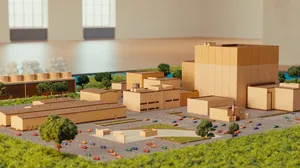Seeing is believing in the fight against climate change

In 2005, more than a thousand of acres of land in my hometown in the Santa Cruz mountains were under threat from a proposed logging contract that would have severely damaged our ecosystem by tearing down ancient Redwoods, increasing potential fire danger and endangering public safety. As part of the community group Neighbors Against Irresponsible Logging, I used Google Earth to build a flyover of the area to show how closely this logging would take place to residential life, and the dangers it would create. Making geographic data visible and easily intelligible helped to bring together the community to defeat the logging proposal. Seeing is often believing.
That’s the core mission behind Google Earth. We aim to build the most detailed and realistic digital replica of our changing planet and make it universally accessible to the public—a utility for all. We’re trying to fix what former Vice President Al Gore, in his speech on the Digital Earth, called the challenge of “turning raw data into understandable information.”
Emerging technologies like our own Google Earth Engine and Google Cloud Machine Learning, and artificial intelligence in general are doing just that: empowering scientists and practitioners to create solutions at the cutting edge of global sustainability, and turning the mountains of geo-data we have into the insights and knowledge needed to guide better decision-making. This work helps drive adoption of renewable energy technologies such as solar, and allows us to better understand and manage the world’s forests, oceans, water and air.Our team had the chance to sit down with former Vice President Al Gore to discuss the roles of data, tools and technology in solving the climate crisis.
We’re grateful to leaders like Al Gore, and all who act as stewards of our shared planetary home. The last decade has seen immense technological progress—and we'll continue to work on data and tools to guide us to a more sustainable world.






